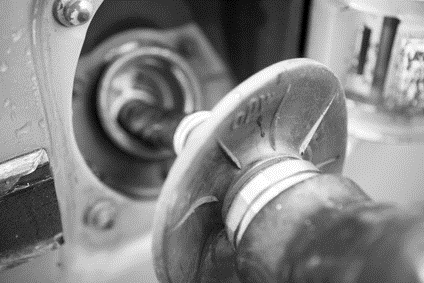
Beginning with the 1970 model year, automobiles have used charcoal canisters to filter out pollutants from the fuel system so that they don't enter the atmosphere. The charcoal canisters capture the pollutants and recirculate them through the engine so that the heat will consume them. Keeping this canister maintained will vent your fuel tank sufficiently.
Raise the rear of your car on the jack, and look for the charcoal canister. You'll find it close to the gas tank.
Test the canister. The vacuum gauge will tell you if the seals are still in place. Also, look for any visible cracks. Smell the canister; if you can sense a sharp fuel odor, a leak is a definite possibility. If there are no signs of damage, move to Step 3. If damage exists, move to Step 4.
Take a look at the charcoal canister's air filter. If the filter looks filthy or is torn, put a new one in. Now your car's gas tank will have proper venting.
Detach the vacuum and electrical lines from the canister with the flathead screwdriver. Check these lines for wear and replace, if needed.
Take out the bolts connecting the canister to the car, and then remove the canister. Put a new charcoal canister in its place, and reattach the bolts. Hook the vacuum and electric lines to the new canister.